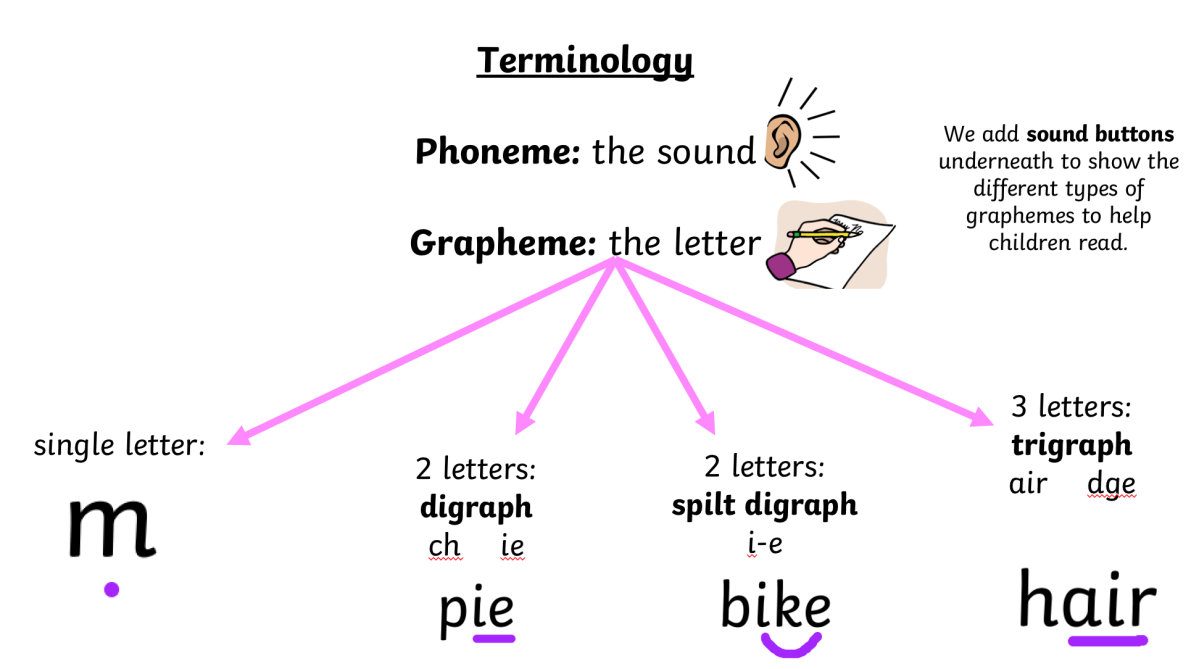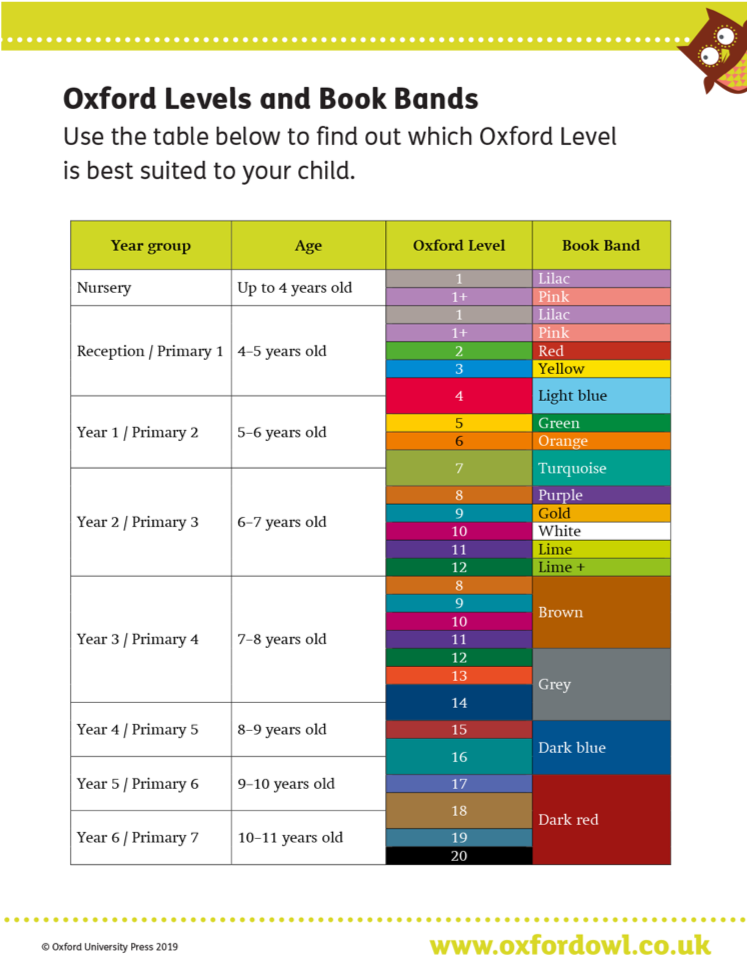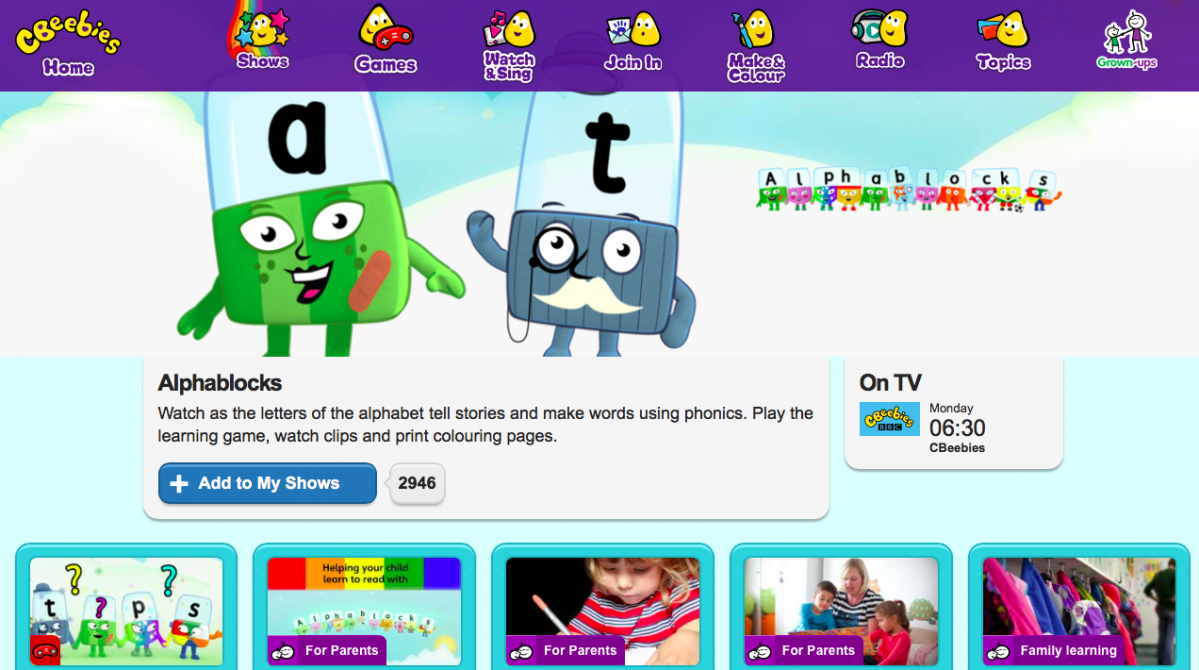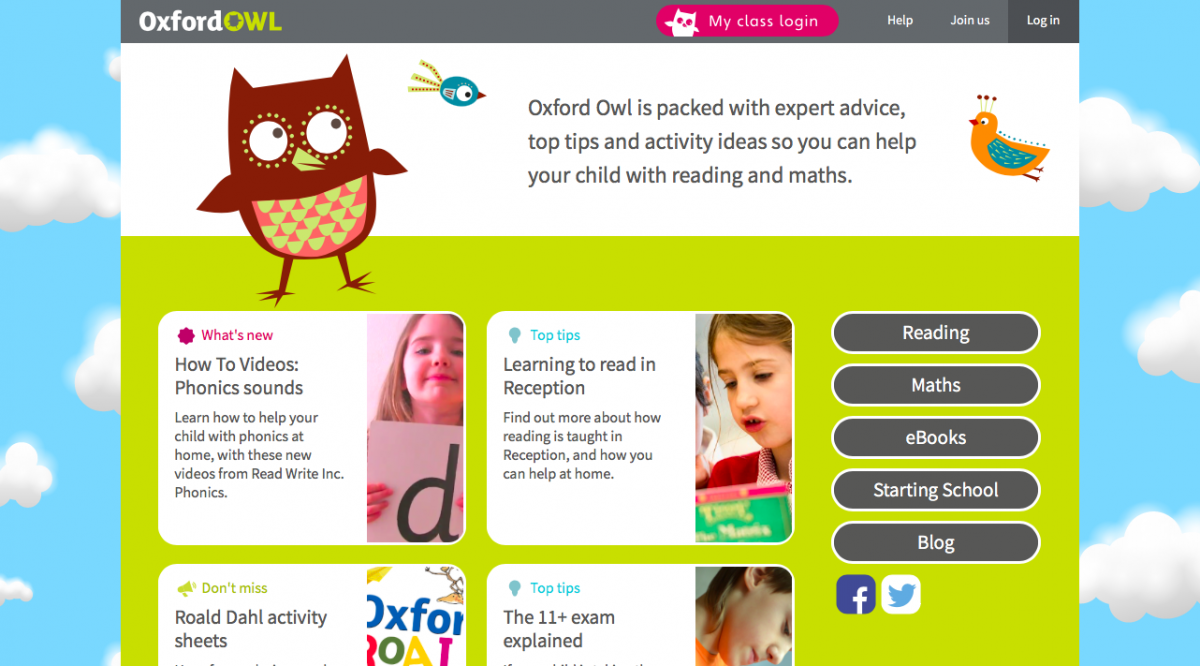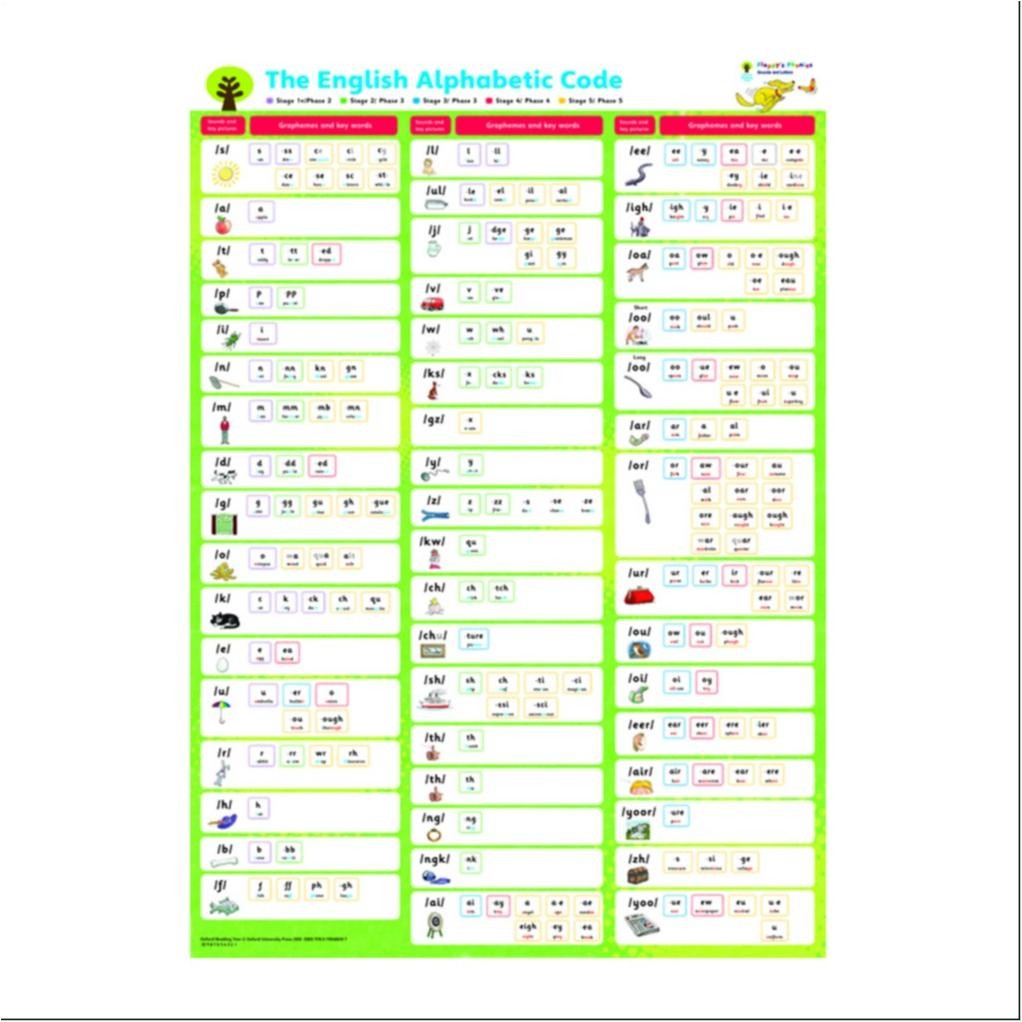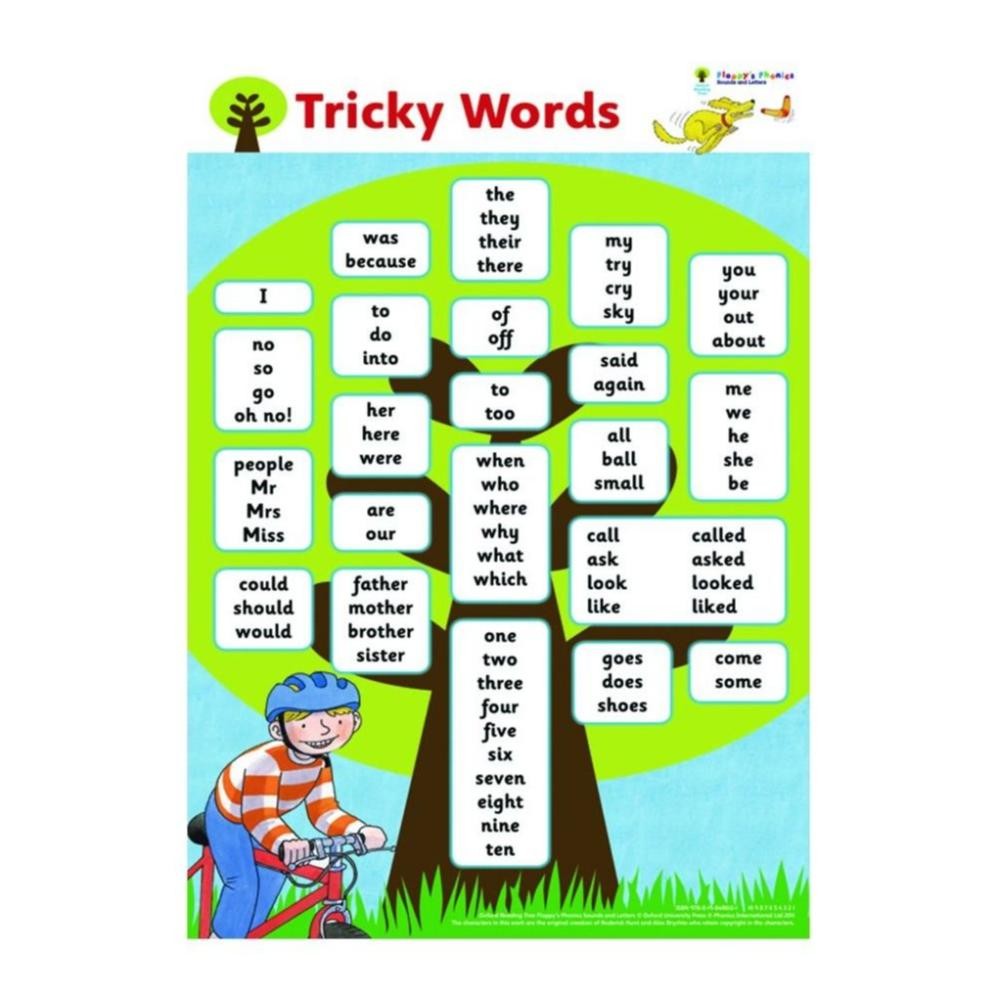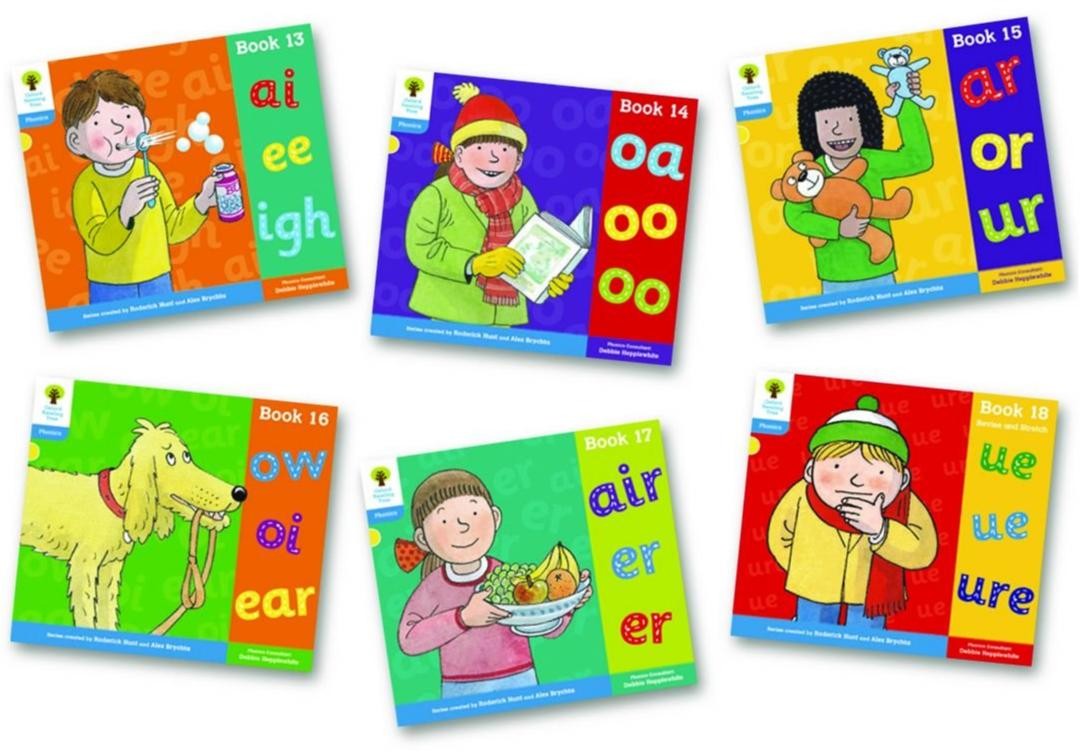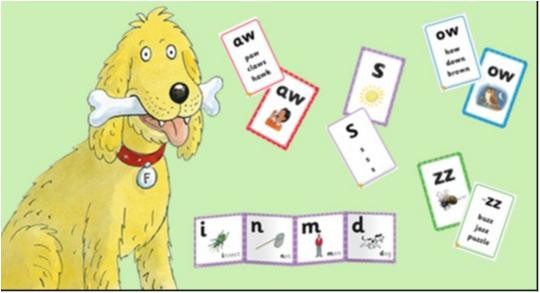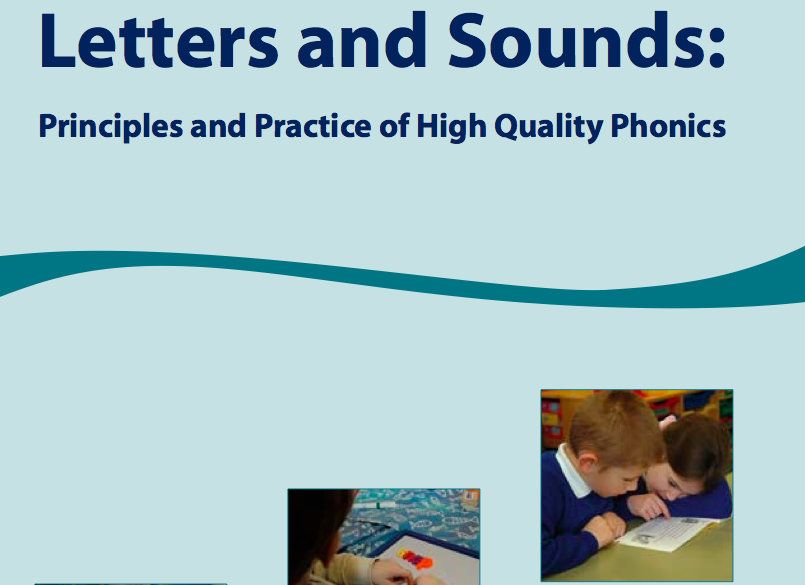Simply put, phonics is a method of teaching people to read by linking sounds (phonemes) and the symbols that represent them (graphemes or letter groups). Building an understanding of the relationship between sounds and their corresponding letters is essential to learning how to read. In the English language there are 44 phonemes (sounds), however the English language can be complex and sometimes one sound can be represented in different letter groups. For example there are three sets of letter groups making the same sound; (er) as in letter, (ir) as in bird and (ur) as in church. This is why a systematic approach is essential.
In phonics lessons children are taught three main things:
GPCs (Grapheme Phoneme Correspondences)
This simply means that they are taught all the phonemes in the English language and ways of writing them down. These sounds are taught in a particular order.
Blending
Children are taught to be able to blend. This is when children say the sounds that make up a word and are able to merge the sounds together until they can hear what the word is. This skill is vital in learning to read. At Our Lady and St Joseph we use pure sounds (‘m’ not’ muh’, ’s’ not ‘suh’, etc.) so that your child will be able to blend the sounds into words more easily.
Segmenting
Children are also taught to segment. This is the opposite of blending. Children are able to say a word and then break it up into the phonemes that make it up. This skill is vital in being able to spell words.
- Children learn to read words using sound blending.
- Children read engaging stories featuring sounds they have been taught.
- Children have meaningful discussions led by an adult where they build on their comprehension and understanding of the story.
- Children read in groups that suit their level of need, pace and challenge.
- Listen to your child read a book of their level daily. In Reception, Year One and Year Two, children receive two levelled books a week and a library book to build a pleasure for reading. Praise your child when they face the challenge of reading. It is vital that they find learning to read and write a positive experience; building their confidence is important.
- Share lots of stories and book with your child. It is important you read to your child as well as listening to them read.
-
Focus on letter sounds rather than names.
-
Try to avoid adding an ‘uh’ at the end of sounds (mm not muh)
-
Encourage children to recognise letters in their environment e.g. street names, shopping etc.
- Practise saying the sounds. Ask your class teacher for a sound mat. These will show you all the graphemes (letters/letter groups) taught at each level, and a picture prompt of a word containing that grapheme and corresponding sounds.
- Encourage your child to be a 'phonics detective'. Help them spot all the sounds in a word including the digraphs and trigraphs (two or three letters making one sound). For example, when reading the word 'church', help your child to spot the three digraphs ch/ur/ch. We call digraphs and trigraphs 'special friends'.
- Write words for your child that contain the sounds you have just practiced. For example, if you have focused on the /ch/ sound in Level 3, write words including the /ch/ sound for them to read (church, chat, chin, chicken). Encourage your child to say each sound whilst using their robot arms, and then blend the sounds to read the word.
- Play games such as I Spy!
- Create a language rich environment to help expand their vocabulary.
- Add sound buttons to the words.

